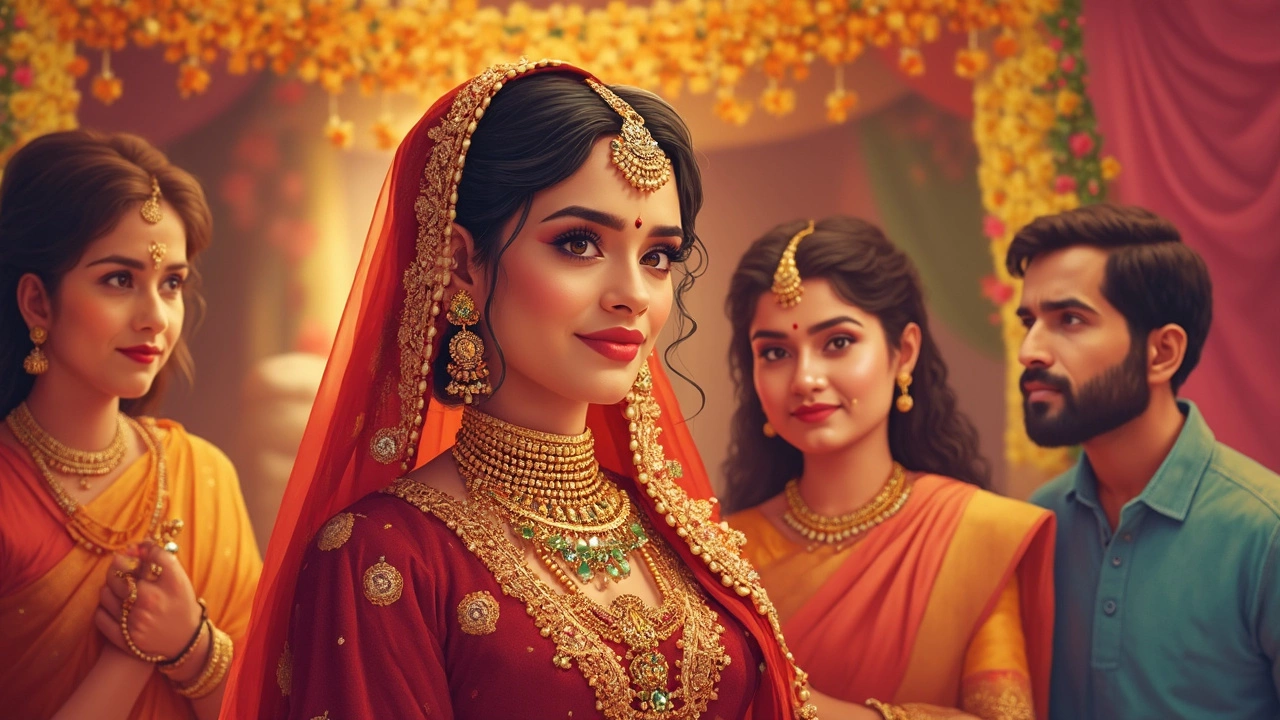Religion and Indian Jewellery Traditions
When exploring Religion, a system of beliefs, rituals, and cultural values that guide daily life. Also known as faith, it influences everything from food to fashion, and nowhere is that impact clearer than in the jewellery people wear. Across India's diverse communities, sacred ornaments act as visual prayers—each piece tells a story about the wearer’s spiritual background. Take the Mangalsutra, a sacred necklace symbolizing marital commitment in Hindu tradition; its design, gold purity, and rituals vary from state to state, yet its core purpose stays the same: a visible promise of partnership. The Bindi, a red dot applied to the forehead representing the third eye and spiritual insight began as a mark of devotion and has evolved into a fashion staple, still rooted in Hindu mythology. Similarly, the Sikh Kada, a steel or gold bracelet worn by Sikhs to remind them of their vows and equality is more than an accessory; it’s a daily affirmation of faith. Even the Choora, a set of red and ivory bangles given to brides in Punjabi weddings carries layers of meaning, from fertility blessings to community identity. These items illustrate a clear semantic triple: Religion shapes jewellery traditions, jewellery traditions express religious symbols, and religious symbols reinforce cultural identity.
How Faith Drives Design, Material Choice, and Ritual Use
Because religion dictates what’s appropriate, designers often start with a spiritual brief rather than a market trend. A Hindu wedding planner will request a gold mangalsutra with specific motifs—like the lotus or peacock—because those symbols promise prosperity and devotion. In contrast, a Sikh ceremony will favor a robust kada made of iron or steel, reflecting the community’s historic emphasis on humility and strength. These choices affect material sourcing; for instance, many families prefer 22K gold for mangalsutras to balance purity with durability, while gold purity is less critical for a kada that may be worn daily. Regional customs also add layers: South Indian brides might choose a mangalsutra with a single pendant, whereas North Indian brides favor multiple chains. The bindi’s size, color, and placement shift with festival, marriage status, or personal taste, yet its core meaning as a third‑eye symbol remains unchanged. This interplay creates another semantic triple: Religious practices require specific jewellery designs, specific designs demand particular materials, and those materials support the rituals that sustain the faith.
Understanding these connections helps you pick pieces that respect tradition while fitting modern style. Below you’ll find articles that break down the history, etiquette, and buying tips for each sacred ornament, from how to choose a mangalsutra that lasts a lifetime to the best ways to wear a bindi without compromising comfort. Whether you’re planning a wedding, looking for a meaningful gift, or simply curious about the symbols that tie Indian culture together, this collection gives you practical insight. Religion isn’t just a backdrop—it’s the engine driving every twist of gold, silver, and stone you’ll discover in the posts ahead.
